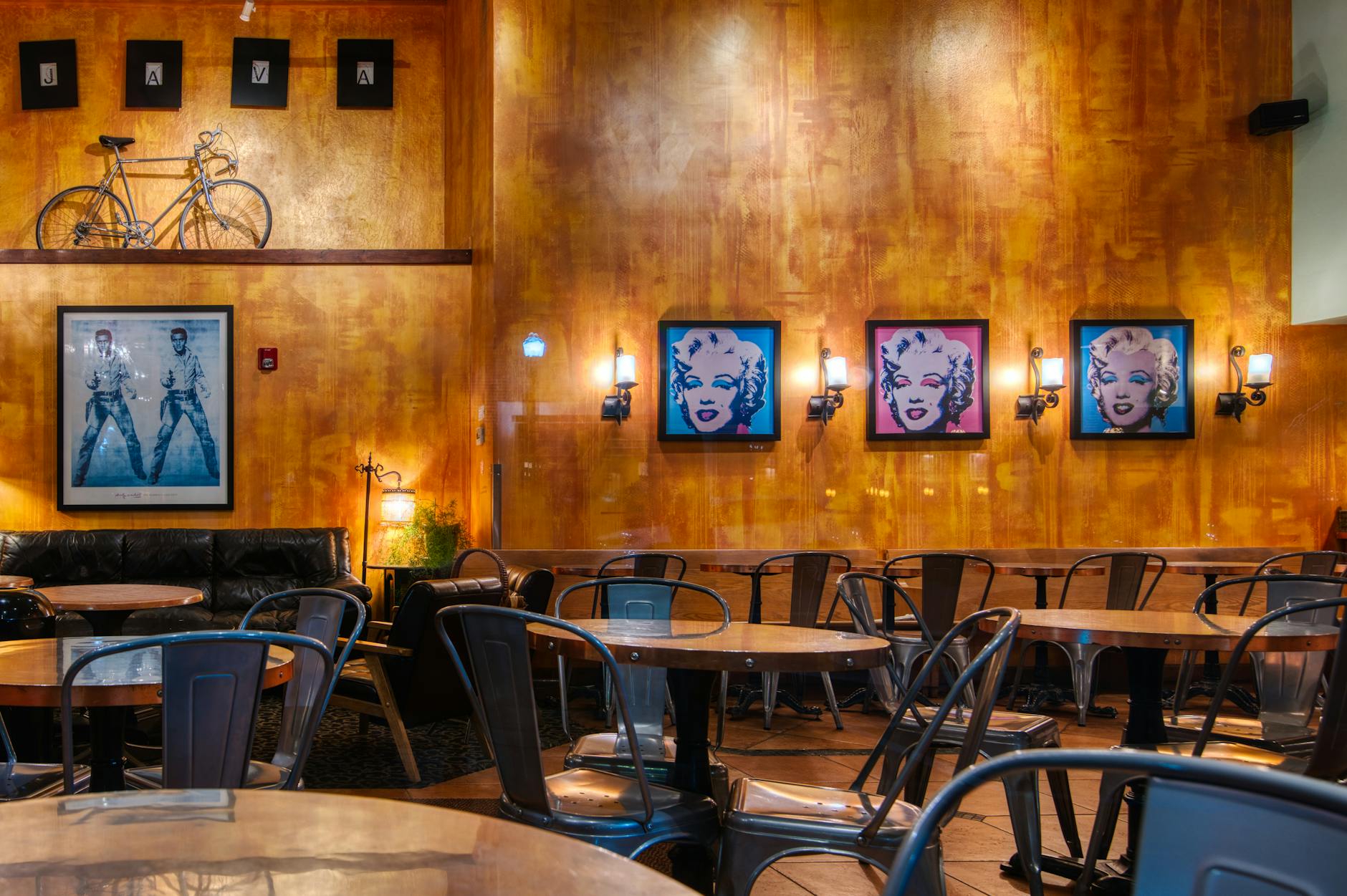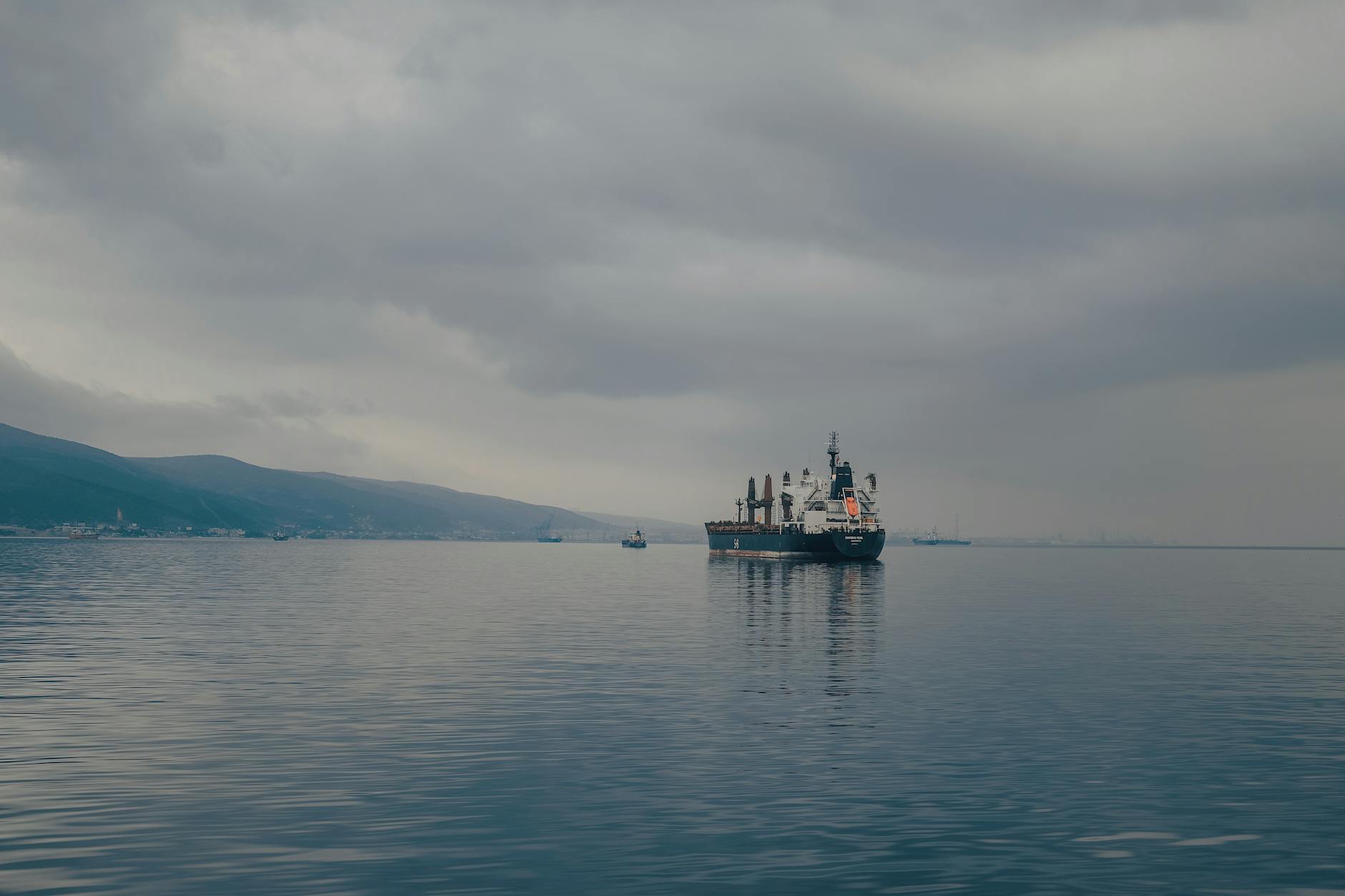How Australian Artists Can Enhance Order Fulfillment Efficiency

Streamlining Order Processes
Assessing Current Workflow
Reviewing your order processing workflow is essential to maintain efficiency and sustainability—a priority for any business with eco-friendly goals. I encourage visual artists and eCommerce entrepreneurs, especially those in Melbourne, to examine each step of your order handling from a holistic perspective. Imagine you’re strolling through Fitzroy's creative workshops; you want to see how your business operations are interconnected, from customer orders to final delivery. Investigate your pick packing process to identify any inefficiencies that might be hiding at the seams.
Implementing Efficiency Software
Next, consider adopting efficiency software to streamline your logistics. Software solutions tailored for 3PL logistics can improve inventory visibility, order accuracy, and customer satisfaction. This leap into technology reminds me of visiting Federation Square's art galleries—embracing the dynamic interaction between tradition and innovation to enhance overall experiences. By focusing on the efficiency of your logistics, you can ensure reduced environmental impact while maintaining superior service quality.
Automating Routine Tasks
Finally, automation is your ally in transforming repetitive tasks. Automate order confirmations, shipping notifications, and inventory updates. This is akin to visiting artisan stores in Degraves Street, where routine craftsmanship meets innovative methods. Automation allows you to focus fresh energy on creative aspects and sustainability initiatives, ensuring every package is handled with care and ecological mindfulness. Bringing efficiency and environmental consciousness together sets the stage for better order processes, without losing the personal touch vital to your brand's ethos.
Eco-Conscious Packaging Solutions
Choosing Sustainable Materials
Selecting the right materials is crucial in creating eco-conscious packaging, a priority for e-commerce entrepreneurs aiming for sustainable practices. It's not just a choice—it's a commitment to the environment. When considering options, recycled materials or bioplastics often emerge as favourable choices. These materials reduce the carbon footprint, an indispensable move for anyone looking to align their logistics with environmental values. For instance, bamboo- and mushroom-based packaging are gaining traction due to their biodegradability. As you roam through Degraves Street, notice how artisan stores creatively utilise eco-friendly packaging, making sustainability visually appealing.
Innovative Packaging Designs
Turning to design, I'm always inspired by the interplay between functionality and aesthetic appeal, especially evident in creative workshops around Fitzroy, where art meets practicality. Imagine the unboxing experience of a package that's both aesthetically pleasing and environmentally friendly. Designs that minimise space while maximising protection not only enhance efficiency but also reduce waste. Opt for designs that can be reused or creatively reassembled, inviting customers into a rewarding and sustainable experience.
Encouraging Customer Recycling
Customer engagement is enhanced when recycling becomes part of the packaging experience. Highlight your commitment by including clear instructions on how clients can dispose of or repurpose packaging materials. Consider incentives like discounts or rewards for customers who actively participate in recycling programmes. Aligning with a 3PL Sydney provider that understands your environmental ethos can help execute recycling initiatives seamlessly, ensuring that the entire order fulfilment process supports your sustainability goals.
Sustainable Shipping Practices
Partnering with Green Couriers
Harnessing eco-conscious shipping aligns seamlessly with both personal values and business strategies. Partnering with green couriers can be a game-changer for those keen on reducing their environmental footprint. By selecting couriers that prioritise environmentally friendly practices, businesses can significantly lower emissions associated with deliveries. An exciting example of this is working with couriers who use electric vehicles or biofuels, which is becoming quite popular among Melbourne entrepreneurs frequenting the art galleries in Federation Square.
Optimizing Delivery Routes
Enhancing the sustainability of shipping pulls from a broader playbook than just selecting green couriers. One effective method is optimising delivery routes, which ensures efficient use of resources and reduces fuel consumption. Utilising advanced route-planning software within ecommerce logistics can help predict peak traffic times and shorter paths, thus cutting down journey times and emissions. This strategy is not only eco-friendly but also helps in maintaining a balance between timeliness and cost-effectiveness—features that every growing business aims for.
Carbon Offset Programs
In addition to efficient shipping methods, investing in carbon offset programmes provides an opportunity for businesses to compensate for incompletely eliminated emissions. Many 3PL warehouse providers now offer such programmes, allowing companies to financially support projects like reforestation or renewable energy initiatives. This practice not only underscores a commitment to sustainability but also enhances brand image among eco-aware consumers. By integrating these sustainable logistics solutions, businesses can achieve efficient operations while maintaining a strong ethical stance.
Inventory Management Techniques
Accurate Demand Forecasting
Effective inventory management hinges on accurate demand forecasting. As a creative entrepreneur, anticipating the demand for your eco-friendly products is essential, especially when balancing the complexities of sustainability and logistics. By leveraging historical sales data and integrating trends from industry analysis, you can predict the volume and timing of inventory, thereby reducing excess stock and minimising waste. For instance, observing patterns during creative exhibitions at places like Federation Square can provide valuable insights into consumer preferences and demands in the art and retail sectors.
Just-In-Time Stocking
The just-in-time (JIT) stocking approach is another powerful strategy. This system reduces inventory holding costs by aligning the arrival of new stock closely with production schedules. As Mia, it's crucial to coordinate closely with your suppliers to ensure they deliver materials precisely when needed. This not only reduces storage expenses but also aligns with environmental values by limiting overproduction and eliminating unnecessary waste.
Waste Reduction Strategies
Reducing waste is not only vital for environmental stewardship but also for cost efficiency. Techniques such as implementing a robust pick and pack process can significantly reduce material usage by optimising the packing requirements for each order. Moreover, collaborating with a 3PL provider who prioritises sustainable logistics can further streamline your operations. Focusing on waste reduction processes within your fulfilment strategy will accentuate your commitment to sustainability while bolstering your e-commerce efficiency.
Overcoming Common Challenges in Sustainable Practices
Balancing Cost and Sustainability
Navigating the tightrope between cost-efficiency and sustainability is a bit like crafting a delicate brushstroke in the National Gallery of Victoria—precision is key. Many visual artists and eCommerce entrepreneurs in Melbourne find themselves in a quandary, trying to marry the concepts of being budget-friendly while maintaining an eco-conscious stance. It’s essential to scrutinise your resource investments and seek areas where natural overlaps occur. Consider opting for sustainable packaging options like recycled materials, which not only speak to your ethical design sensibilities but also keep your budget grounded.
Managing Supplier Relationships
In the bustling artisan environment of Degraves Street, maintaining healthy relationships with your suppliers is like curating an ever-evolving art collection. Here’s the scoop: maintaining transparent and open communication establishes trust and reliability. When seeking new relationships, focus on suppliers who complement your sustainable ethos. Attend creative workshops in places such as Fitzroy to network and dive deep into potential collaborations. Remember, the goal is fostering partnerships where both parties champion eco-friendly packaging, ensuring your supply chain remains a green masterpiece.
Adapting to Market Changes
Just as the dynamic street art in Federation Square adapts and evolves, so must your eCommerce practices. The market is a fluid canvas of innovation and shifting consumer demands. Therefore, make adaptability your mantra. Dive into research on customer preferences regarding sustainability and stay ahead by adjusting your brand strategies. Incorporate skincare tips into your product offerings to engage a broader audience and add an extra dimension of value to your business. This way, you remain relevant and captivating in an ever-competitive landscape.


